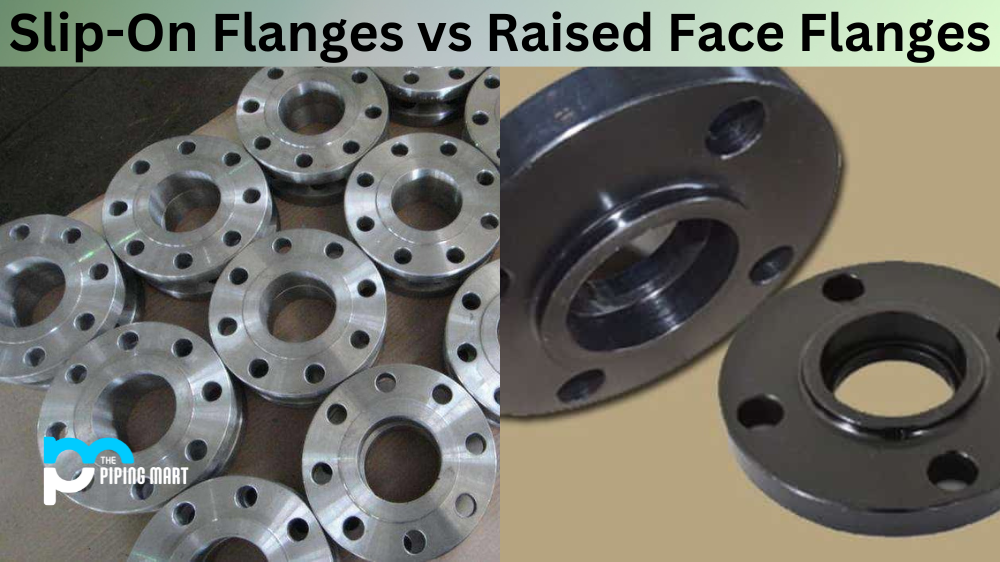In the piping system of operating plants, a gasket is one of the fundamental parts of flanges connections. A gasket is a sealing material or blends of materials clamped between two divisible mechanical members of a mechanical joint. Gaskets help to ensure leak-proof sealing between two flanges. Gaskets are an essential component in flanges. These leak-proof sealing materials are available in different types, such as spiral wound, ring type joint, sheet, and rubber gaskets.
Types of Gaskets for Flanges
Spiral Gasket
The spiral gasket is made by a filler on the edges of a metal winding mandrel and binding a metal strip. Spiral gaskets are furnished with a centring band. To control compression, these rings help to place the gasket centrally in the bolt circle. Inner rings have the material performs internal buckling. This inner ring restricts the accumulation of media between the bore of the pipe and the inner diameter of the gasket. It is advisable to avoid using spiral-wound gaskets directly between metal surfaces when temperatures exceed 350 °C, unless they have been tested beforehand to ensure their suitability. In situations where temperatures range up to 280 °C.
Spiral Gasket generally reduces the radial flow properties of a thick gasket and offers the resiliency to accommodate changing service demands. Spiral wound gaskets are typically made with different filler materials like Grafoil and Teflon, which suit solution adaptability. Spiral wound gaskets are utilized with raised face flanges with an outer centring ring and an inner metal ring.
Ring Joint Gaskets
A Ring Joint Gasket offers a powerful and enduring metal-to-metal seal among two RTJ flanges. As the flanges are bolted, the more flexible material of the ring joint gasket is compressed into the flanges grooves and seals the joint tightly. Ring Joint Gaskets are available in different styles such as R, RX, and BX. Ring joint gaskets offer a long-lasting and sturdy seal in various components like flanges, vessels, and valves. This type of Gasket is suitable to use at high pressure and temperatures. Ring Joint Flanges Gaskets are applicable to use in a pressure range is from 1,000 to 15,000 psi.
Ring Joint Gasket are various types, such as oval and octagonal Gaskets. Oval-type gaskets attach the flange face at the arched surface and give a tight seal. But curved shape makes it hard to obtain precise dimension and surface finishing. Octagonal-type gaskets have one straight face, which makes it more accurate. With a more significant torque load, the gasket material into imperfections may remain on the flange faces.
Soft Gasket
Soft gaskets are beneficial to use in general-service as well as corrosive applications. This type of Gaskets is suitable to use in various temperature rages like low, medium, and high. The suitability of Gaskets is depending on the materials from which they are made. Soft Gaskets or non-metallic gaskets are perfect for both the pressure as well as the temperature under the operating conditions. These Gaskets have quality like larger diameter and capacity of bolting, which make them suitable for higher-pressure flanges.
Soft gaskets are available in many non-asbestos materials like elastomer, glass fibre, Teflon (PTFE), and flexible graphite. They are also available in Compressed Asbestos Fibre (CAF).
Rubber Gaskets
Rubber gaskets, including materials like neoprene, EPDM (ethylene propylene diene monomer), or silicone, are used in applications where resistance to water, oils, and moderate temperatures is required. They are commonly used in plumbing systems, automotive engines, and other general-purpose sealing applications.
Metal Jacketed Gaskets:
Metal jacketed gaskets present a different approach. They feature a metallic outer shell housing a soft filler material such as graphite or PTFE. This design makes them ideal for environments requiring resilience against high temperatures, pressures, and chemical exposure. Industries like chemical processing and refineries frequently rely on metal jacketed gaskets for their demanding sealing requirements.
Types of Gasket in Piping
- Spiral Wound Gaskets: Made of a V-shaped metal strip wound with a filler material, usually graphite or PTFE. Suitable for high-pressure and high-temperature applications.
- Ring Joint Gaskets: Solid metal gaskets with an octagonal or oval-shaped cross-section. Typically used in high-pressure pipelines, such as in oil and gas industries.
- Non-Metallic Gaskets: Made from materials like rubber, cork, or non-asbestos fibers. Used in low-pressure and low-temperature applications.
- Metal Jacketed Gaskets: Consist of a soft filler material encased in a metal jacket. Ideal for applications requiring high pressure and temperature resistance.
- Camprofile Gaskets: Comprise a metal core with concentric serrations on both sides, typically covered with a soft facing material. Suitable for high-pressure and temperature applications.
- Rubber Gaskets: Made from elastomeric materials such as neoprene, EPDM, or silicone. Used for sealing low-pressure joints and where flexibility is required.
- Corrugated Metal Gaskets: Comprise thin metal layers corrugated to increase flexibility. Suitable for uneven flange surfaces and high-temperature applications.
Conclusion:
In conclusion, gaskets are crucial components in the complex network of piping systems found in industrial plants. They play a vital role in preventing leaks between mechanical joints. Whether it’s spiral wound or rubber gaskets, each type has its own benefits suited to different industrial needs. As integral parts of flange connections, gaskets ensure that piping systems operate smoothly and remain intact. This highlights their importance in the field of industrial engineering.

Pipingmart is B2B portal specializes in industrial, metal and piping products. Also, share latest information and news related to products, materials and different types grades to help business dealing in this industry.




